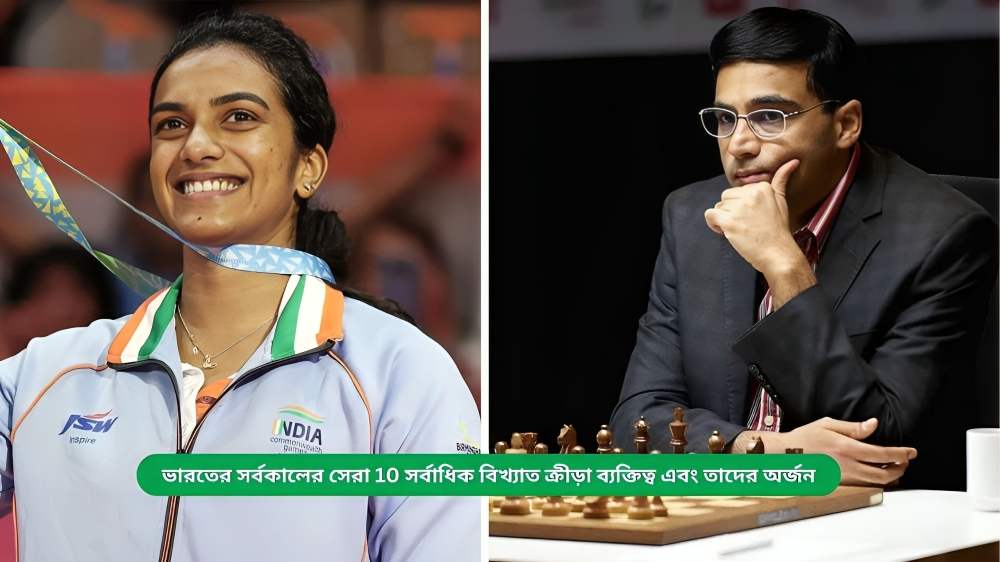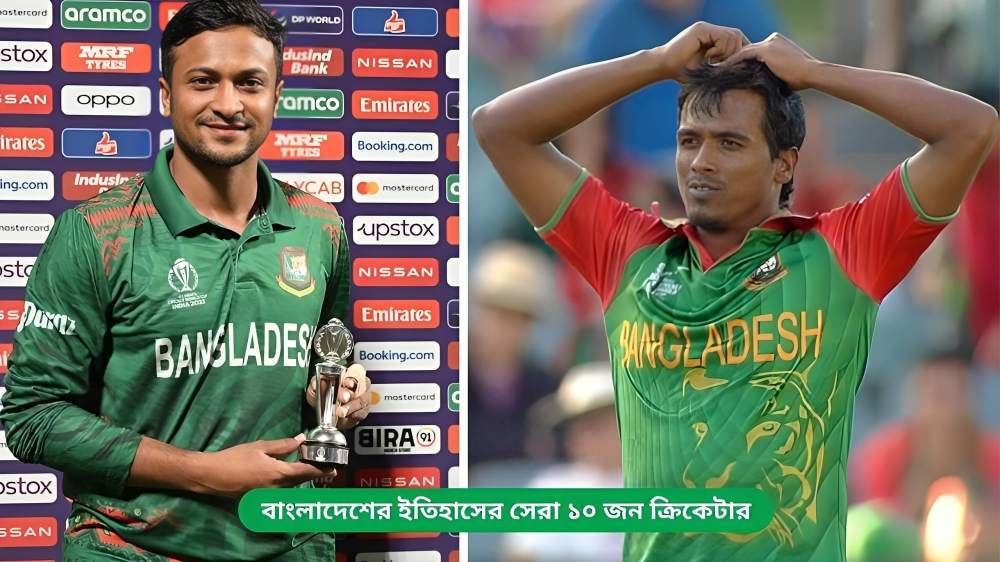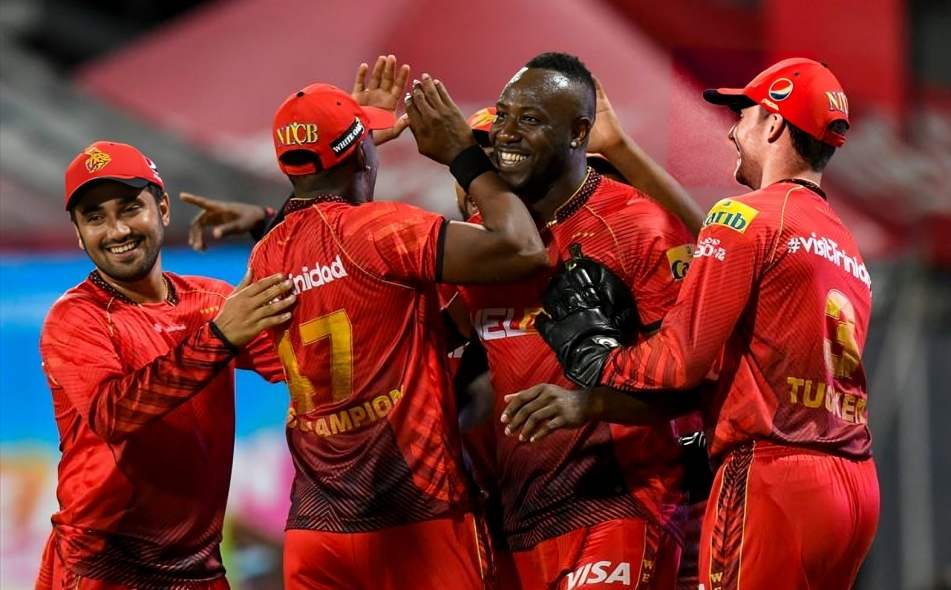The 21 jersey Number
In cricket, players wear jerseys with unique numbers to represent themselves on the field. One of the most popular jersey numbers is 21. Many famous cricketers have worn this number, making it special for fans around the world.

Jean-Paul Duminy – South Africa
JP Duminy was a skilled left-handed batsman with a wide variety of shots, but his career was marked by bad luck with injuries. He was well known for his cover drive, square cut, fast wrists, and athletic fielding. After over a decade in international cricket, one of his biggest achievements was becoming South Africa’s top T20 run-scorer in 2013 and the first South African to score 1500 runs in T20s.
Duminy made his ODI debut in 2004 but struggled at first, getting out for zero twice in five matches. He was dropped for two years before returning in 2006, where he scored 60 runs in a match against Zimbabwe, but it wasn’t enough to earn him a spot in the 2007 World Cup.
His big break came in 2008 when a teammate, Ashwell Prince, broke his thumb. Duminy stepped in and helped South Africa win the Test in Perth with an unbeaten 50, then scored 166 runs in Melbourne, which helped secure the series win. Prince only returned to the team later, and Duminy became a key player. His good performances led to a US$950,000 contract with Mumbai Indians in 2009.
However, his form dipped in 2010 when he had four poor performances in a row and was dropped from the Test team. He remained important in limited-overs formats and was part of the 2011 World Cup squad.
Duminy returned to Test cricket in 2012, scoring a century against New Zealand and contributing to South Africa’s Test success. But his career was hit by an Achilles injury during a tour to Australia that kept him out for seven months.
He came back for the 2013 Champions Trophy, scoring an impressive 150* against the Netherlands, but had a quiet tournament. Despite four centuries in ODIs, none of them came against top-ranked teams.
In 2014, Duminy had his best year in Tests, scoring centuries against Australia and Sri Lanka, but his form declined after that. After helping South Africa win the 2015 T20 series in India, he suffered a finger injury, which kept him out of a few matches. Upon returning, he struggled to balance his role as a part-time bowler and middle-order batsman, which affected both areas of his game. He also faced hamstring issues during the 2016 World T20.

Dinesh karthik – India
Not many would forget the sight of Dinesh Karthik in India’s colors, lying flat on the ground as he stumped Michael Vaughan in 2004. That was his first wicketkeeping dismissal for India, but his career didn’t really take off after that. While he was scoring consistent runs in domestic cricket, India already had MS Dhoni as both the captain and wicketkeeper, leaving Karthik with few opportunities. Despite playing an important role in India’s Test series win against England in 2007 and showing he could open the batting in tough conditions, Karthik couldn’t make the most of his chances.
However, Karthik was a star in domestic cricket, especially on spinning pitches. His ability to sweep and reverse sweep spinners worked in his favor. Despite his quick reflexes, he sometimes struggled behind the stumps, especially during important moments. He was recalled to the Indian team for a tour of Bangladesh in 2014, but his wicketkeeping wasn’t up to standard.
In the 2008-09 season, Karthik scored over 1000 first-class runs, including five centuries, one of which was a 213-run innings while captaining Tamil Nadu to the semi-finals. For most seasons after that, his batting average stayed above 40, except for a couple of years. After MS Dhoni’s retirement in 2014, Karthik was in the mix again, but Wriddhiman Saha was chosen as the preferred wicketkeeper.
Karthik’s inconsistent time with the Indian team hurt his chances. He was first picked for the one-day squad in 2004, and made a strong debut, stumping a batsman in a match against England. He then made his Test debut against Australia, but after scoring just one fifty in ten matches, he was dropped.
In 2008, he made a comeback, being selected for all formats during a tour of New Zealand, but his performances didn’t improve enough to secure a permanent spot. He was dropped again, until a strong 2012-13 domestic season earned him a place in the ODI squad for the 2013 Champions Trophy. Unfortunately, this was another false start.
Although Karthik might feel that his international career didn’t reach its full potential, the IPL helped him find some success. In 2014, he was bought by Delhi Daredevils for INR 12.5 crore. The next year, Royal Challengers Bangalore paid INR 10.5 crore to buy him, and in 2016, Gujarat Lions picked him for INR 2.3 crore.













